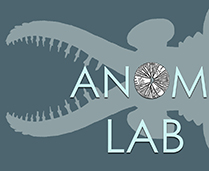Jonathan Pople
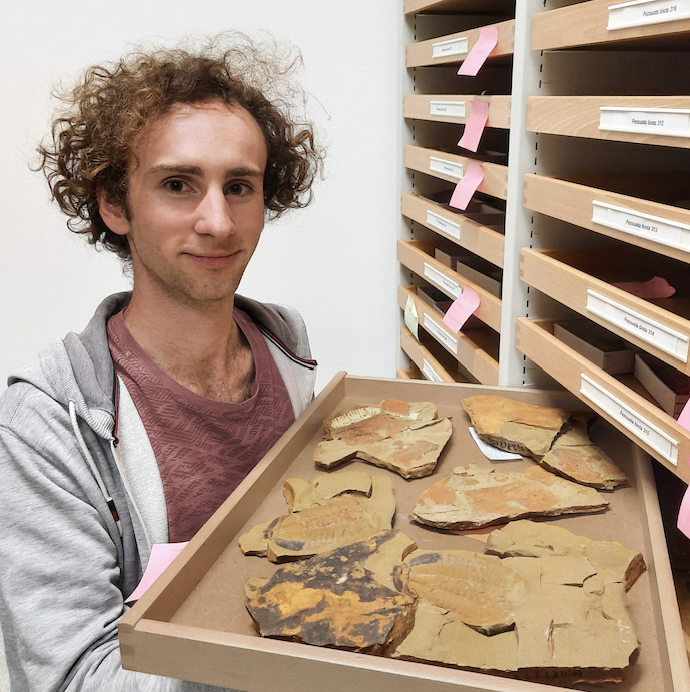
Jonathan’s research interests lie in paleoecology, animal evolution, and fossil taphonomy. In addition to research, he is keen on creating artistic reconstructions of fossil organisms as a mean of communicating paleontological discoveries to experts and general public alike. He completed his Master degree in Earth Sciences at the University of Lausanne in 2023, for which he undertook a one-year thesis project investigating the epibionts and trace fossils frequently found in association with arthropod carapaces from the Fezouata biota. Within the ANOM Lab, he also worked on the taphonomy of exceptionally preserved microarthropods from the Orsten biota, attempting to elucidate the mechanisms behind their spectacular preservation in phosphate, which retains sub-micrometric structures in perfect 3-dimensional detail. In parallel to his research in the lab, he has been involved in the management of the Fezouata Shale fossil collections and assisted with various practical classes in Earth Sciences.
Jonathan’s ResearchGate, and ArtStation profiles.
Axel Favrot
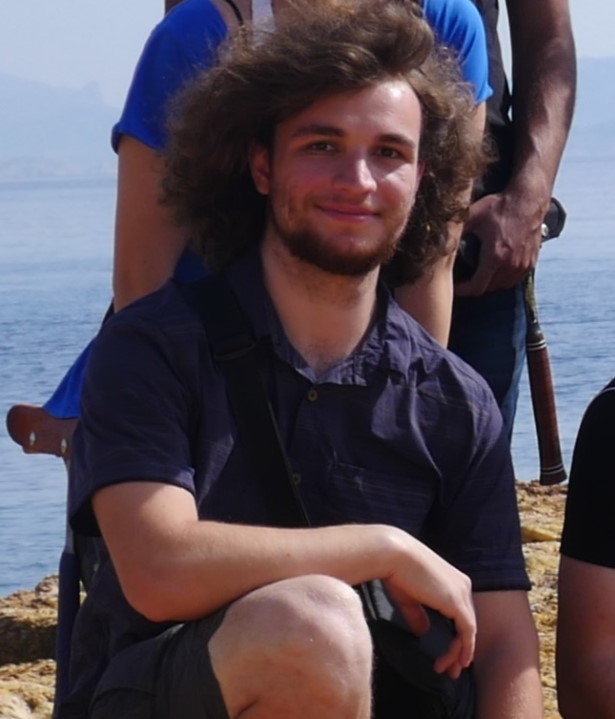
Axel obtained a Master degree in Paleontology from the University of Lyon in France in 2023. Passionate about fossilization processes, he is using experimental taphonomy and imaging techniques to decipher the mechanisms that allow or bias the preservation of past life. He performed his second-year Master’s research internship at the ANOM Lab between January and June 2023, investigating the effects of artificial maturation parameters, particularly temperature and time, on the diagenesis of tree resins as an analogue for the taphonomy of amber.
Axel’s ResearchGate, Linkedin and Twitter/X profiles.
Lorenzo Lustri
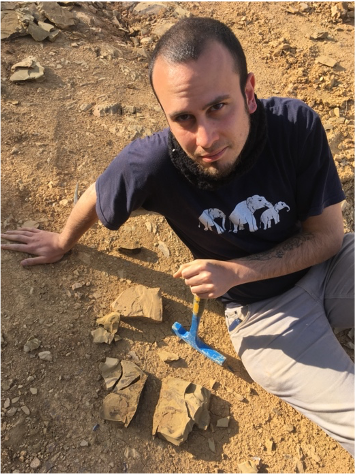
Lorenzo’s research focuses on the origin and evolution of euchelicerates, in particular the relationships of euchelicerates with Cambrian arthropods, their anatomy, phylogeny, and palaeoecology. He obtained his Ph.D. at the University of Lausanne in March 2023 as part of the ANOM Lab, where he has also been involved in the maintenance of the ANOM Lab aquarium facilities.
Lorenzo’s ResearchGate, Linkedin and Google Scholar profiles.
Francesc Pérez-Peris
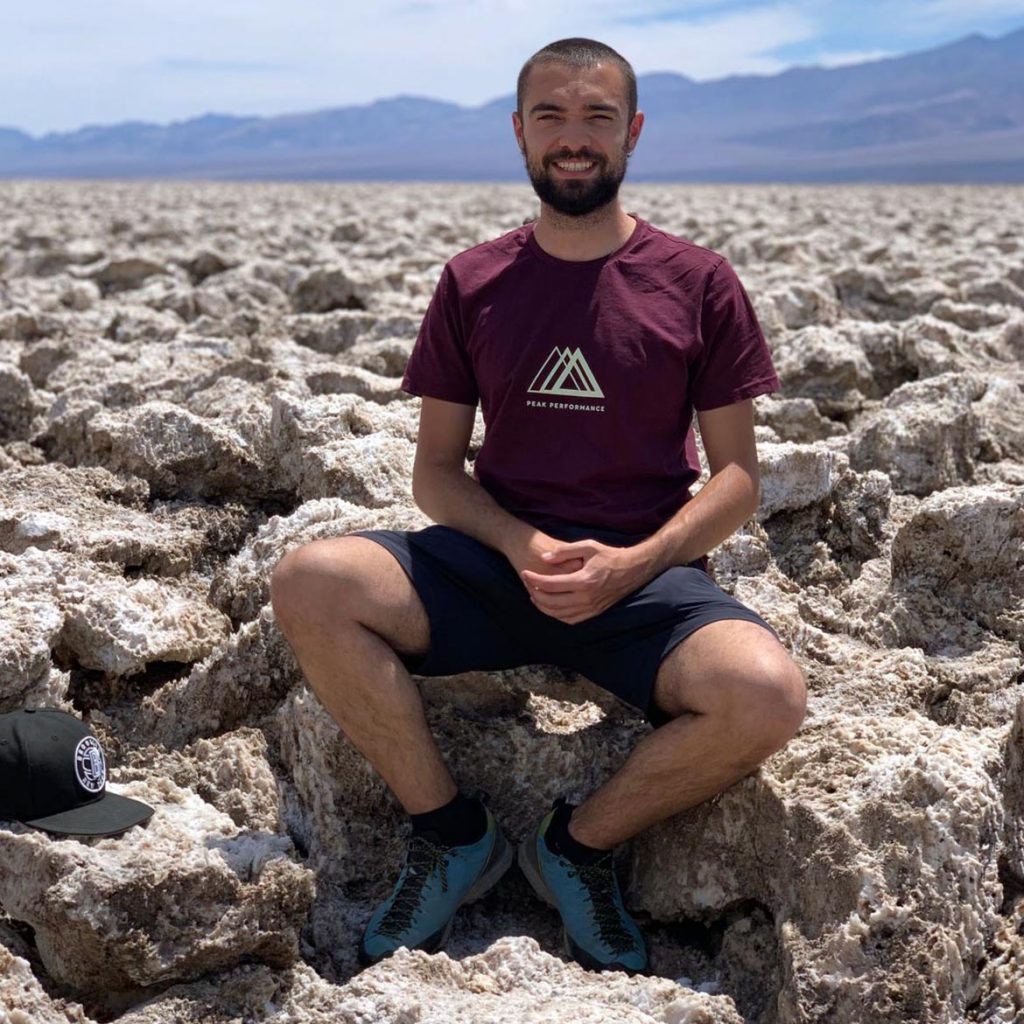
Fran’s research focuses on the palaeontology of trilobites, with particular emphasis on their systematics, morphology, palaeoecology, biogeography and phylogeny, using a variety of methods including geometric morphometrics, paleoecological analyses, comparison with Recent arthropods, phylogenetics and various imaging techniques. He obtained his Ph.D. at the University of Lausanne in February 2023 within the ANOM Lab, where he worked on Ordovician trilobites mainly from the Fezouata biota. He particularly studied their morphological variability, functional morphology, phylogeny and evolution, aiming at better understanding the Great Ordovician Biodiversification Event and the evolution of arthropods in general. He is now a Postdoctoral Researcher in the Adrain lab at the University of Iowa.
Fran’s ResearchGate and Google Scholar profiles.
Joanna Lambelet
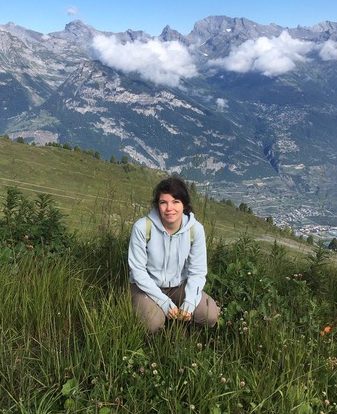
Joanna completed her Bachelor’s studies at the University of Lausanne, in the Faculty of Geosciences and Environment. She joined the ANOM Lab as a Master’s student in sedimentology within ELSTE (Ecole Lémanique des Sciences de la Terre) program, which is an association between the universities of Lausanne and Geneva. For her Master thesis, which she defended in January 2023, she studied the ecology of sponges from the Cambrian called Archaeocyatha. She consistently measured the size of outer wall filter-feeding pores in various archaeocyaths and compared the obtained data between different taxa, and between different localities in the same country and in different countries. Joanna is currently working as a Research Collaborator at Muséum cantonal des sciences naturelles in Lausanne.
Orla Bath Enright

Orla Bath Enright’s primary research interests are focussed on taphonomic bias and exceptional preservation; employing a combination of field, experimental and quantitative statistical approaches to tackle questions in palaeobiology, palaeoecology and sedimentology of early Lagerstätten. She completed her doctorate at the University of Portsmouth, UK in 2018, investigating the impacts of different sediment-gravity flows on soft-bodied organisms to better understand transport induced taphonomic biases in localities such as the Cambrian Burgess Shale. She was a SNSF Postdoctoral Researcher at the ANOM Lab from 2019 to 2022 and worked at elucidating preservational biases within the Early Ordovician Fezouata arthropod community. She is now a Postdoctoral Researcher at the Stuttgart State Museum of Natural History.
Orla’s ResearchGate, Academia, Google Scholar, Linkedin and ORCID profiles.
Aline Marcionetti-Rusconi
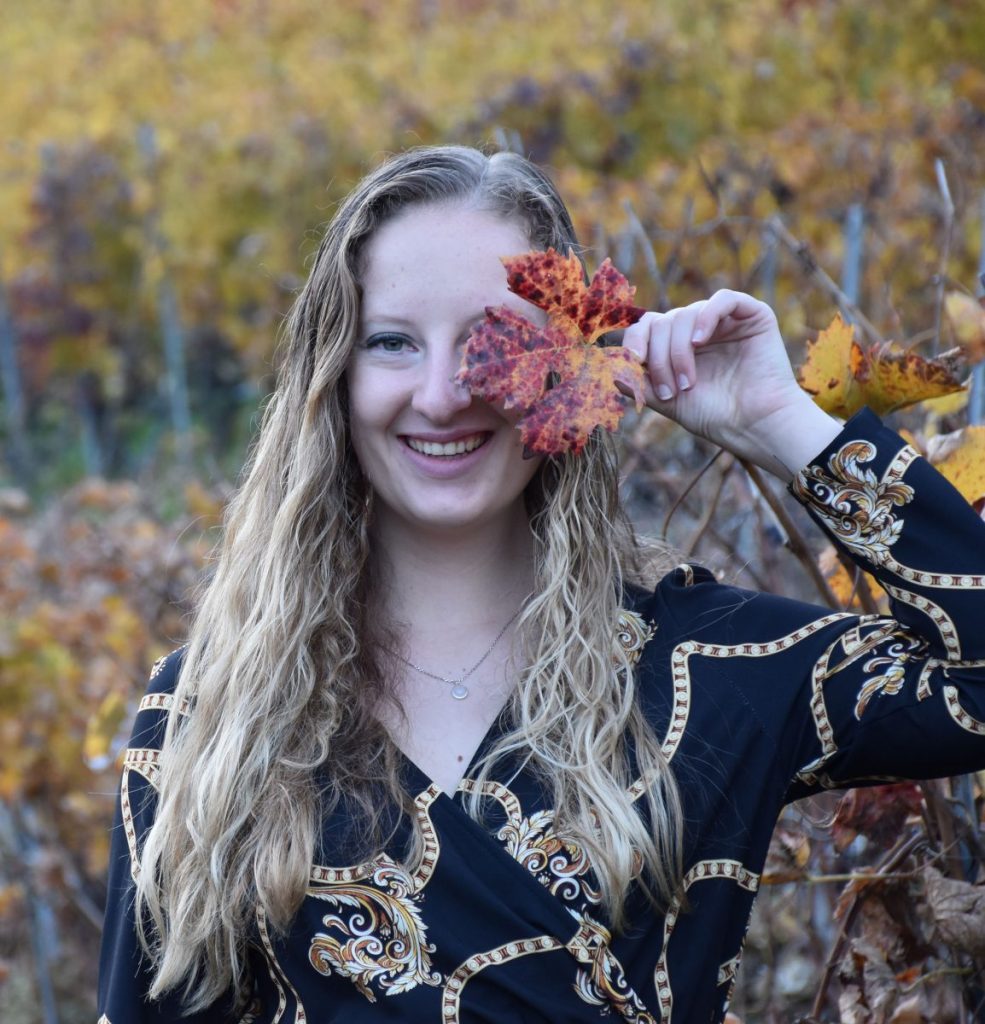
After completing a Bachelor’s degree in Biology at the University of Neuchâtel, Aline has continued her studies at the University of Lausanne. She was a master’s student (Master of Science in Behavior, Evolution and Conservation) at the ANOM Lab, where she studied the preservation of fossil arthropods from the Fezouata Biota using experimental taphonomy approaches, between February 2021 and January 2022. The aim of Aline’s project was to interpret the decay state of Fezouata arthropods by comparison with decay experiments on modern arthropod analogues in different environmental conditions and at different developmental stages.
Marion Thaureau

Marion’s research interests are paleontology and quantitative genetics. During her Master’s thesis at the ANOM lab, she studied the fascinating world of leanchoiliids. Her primary focus was to perform the first taxonomic assignment of the enigmatic specimens from the Fezouata Shale, unraveling their evolutionary history during the Cambrian-Ordovician transition. She is now a Ph.D. student at the Natural History Museum of Oslo in Norway, working in the field of evolutionary biology. Her project aims at understanding the patterns of evolution across timescales and lineages using quantitative genetics, especially focusing on the processes shaping phenotypic variation. She is particularly investigating the covariation of phenotypic traits within and across species, as well as their interactions with environmental factors. By integrating both fossil and recent time-series into her work, she wants to better understand the mechanisms driving macroevolutionary changes and provide insights into the relationship between environmental changes and phenotypic adaptation.
Marion’s Linkedin profile.
James Vincent
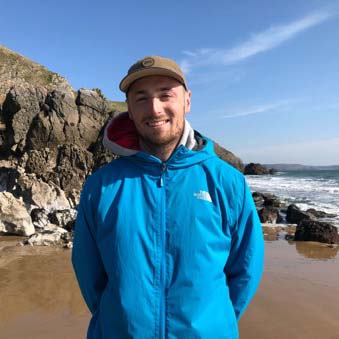
James undertook a Masters project jointly supervised by Allison Daley at the ANOM Lab and Elias Samankassou at UNIGE, as part of the ELSTE Masters programme, from summer 2020 until summer 2021. He investigated an abnormality commonly found at the skeletal-tissue interface of scleractinian corals. Understanding the relationships attributed to this abnormality can have fundamental implications for interpreting geochemical proxy-based studies. He investigated the biological interactions and internal effects on coral skeleton geochemistry through experimental taphonomy, specifically comparing the areas of tissue that are in contact with the skeleton during decay, to areas not in contact. He also explored the relationship between temperature and skeletal geochemistry, demonstrating skeletal geochemical response to external temperature modifications. Currently, James is working on a PhD at the University of Geneva under the supervision of Prof. Tom Sheldrake & Dr. Elias Samankassou.
Pénélope Claisse
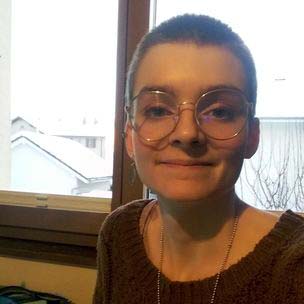
Pénélope Claisse conducted Masters research in the ANOM Lab from January to June 2021, while she was a graduate student at the University of Montpellier. She studies phylogeny and evolution applied to palaeontology. Her internship based at ANOM lab, focused on the phylogeny of Radiodonta. She described new hurdiid material from the Fezouata Shale and conducted phylogenetic analyses that aimed to include more whole-body characters in a new matrix. Pénélope is now doing a PhD on insect-plant interactions at the University of Lille in France.
Pénélope’s ResearchGate and Twitter profiles
Lukáš Laibl

Lukáš’s research is focussed on evolution and development of various Paleozoic arthropods, especially trilobites. In particular, inferring their ancestral larval and juvenile body plans, evolutionary modification of their development, their palaeobiogeography and their responses to major events during Cambrian and Ordovician. He explored thier functional morphology, biology and phylogeny. He also works on exceptionally preserved fossils from Morocco and the Czech Republic. Lukáš did his PhD at the Charles University, Prague and worked as a postdoc in the ANOM Lab at the University of Lausanne for three years. He was then awarded funding from the Czech Science Foundation for his three-year research project exploring developmental aspects in fossil arthropods. He is now working in Prague as a researcher in the Institute of Geology of the Czech Academy of Sciences.
Lukáš’s ResearchGate, Google Scholar, ORCID and Twitter/X profiles.
Stephen Pates
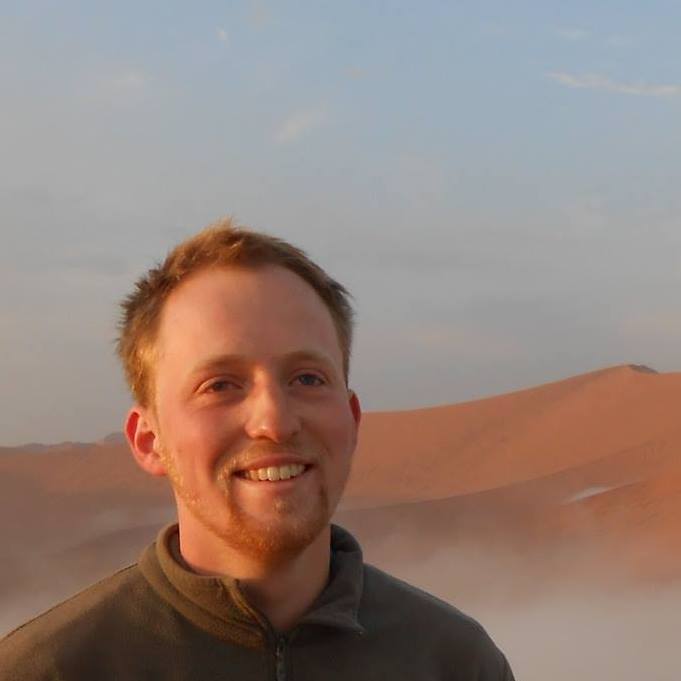
Steve’s research focusses on predation during the Cambrian period – around 500 million years ago. He investigates the largest predators of the time, the Radiodonta, to understand their feeding methods and geographical and temporal distribution, and examines prey animals, the trilobites, for signs of repaired injuries and anti predatory adaptations. This helps us to understand the importance of predation as an evolutionary driver in the immediate aftermath of the Cambrian Explosion and appearance of modern animal phyla. Steve is also interested in exploring the interaction between form and function more broadly in arthropods by applying statistical and engineering methodologies to quantify the morphology and hydrodynamics of extant and extinct animals, evaluate possible examples of evolutionary convergence, and better understand how environmental controls may have shaped the evolution of animals in deep time. In 2015 Steve began his PhD with Allison Daley as the main supervisor at Oxford University (UK) in the Department of Zoology, and completed it in 2019 after spending a year at the University of Lausanne (Switzerland). He then obtained an Alexander Agassiz Postdoctoral Fellowship in the lab of Javier Ortega-Hernández at the Museum of Comparative Zoology at Harvard University (USA). Steve’s current post is as Herchel Smith Postdoctoral Fellow in the Department of Zoology at University of Cambridge (UK).
